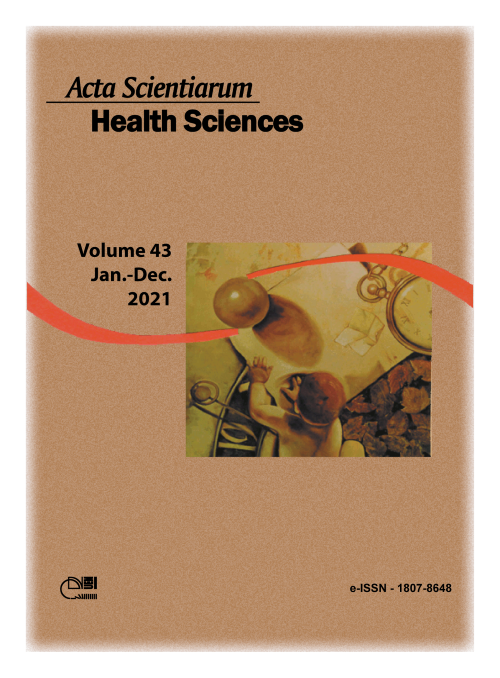Influence of Alzheimer’s disease on the relationship between nutritional status and risk of fall
Abstract
Although malnutrition and risk of falls in the elderly have increased in recent years, uncertainties exist as to whether these conditions are associated after controlling for sociodemographic variables, body composition, metabolic condition, and Alzheimer’s disease (AD). This study aimed to analyze the association between nutritional status and risk of fall in the elderly population. Participants were matched by gender and age, after they had been grouped on the basis of diagnosis of AD. The risk of falls, nutritional status, and mental status were assessed using the Downton Fall Risk Score (FRS), Mini Nutritional Assessment (MNA), and Mini Mental State Evaluation (MMSE), respectively. Logistic regression models adjusted for the main confounders were used in the analyses. Among the 68 elderly individuals studied, participants who were malnourished or at risk of malnutrition were more likely to fall (odds ratio = 8.29; 95% confidence interval = 1.49-46.04) than those with normal nutritional status, regardless of gender, age, education, body composition, and metabolic condition. This association did not remain significant after adjustment for AD, a potential confounder in this association. Malnutrition or its risk was independently associated with high risk of fall; thus, malnutrition should be considered in the prevention of falls among the elderly population.
Downloads
DECLARATION OF ORIGINALITY AND COPYRIGHTS
I Declare that current article is original and has not been submitted for publication, in part or in whole, to any other national or international journal.
The copyrights belong exclusively to the authors. Published content is licensed under Creative Commons Attribution 4.0 (CC BY 4.0) guidelines, which allows sharing (copy and distribution of the material in any medium or format) and adaptation (remix, transform, and build upon the material) for any purpose, even commercially, under the terms of attribution.
Read this link for further information on how to use CC BY 4.0 properly.























5.png)







